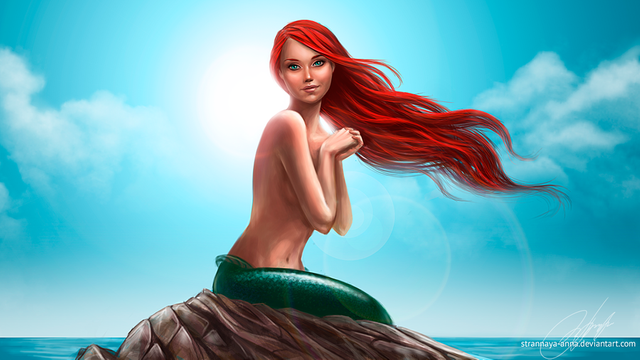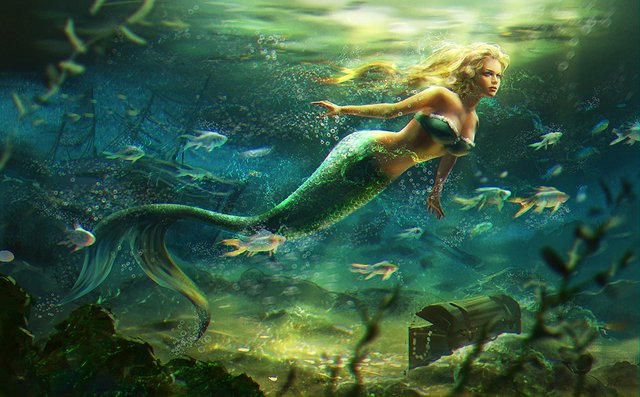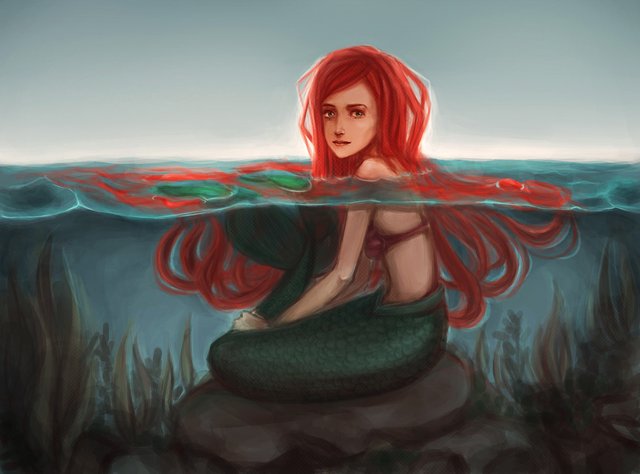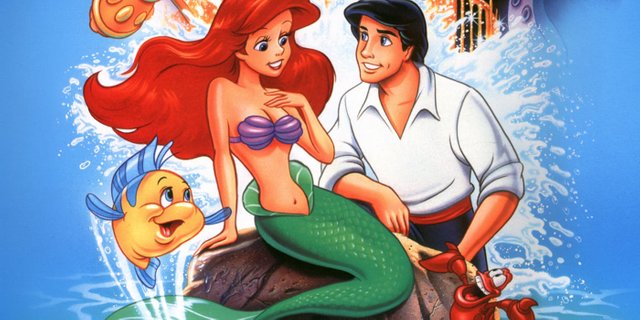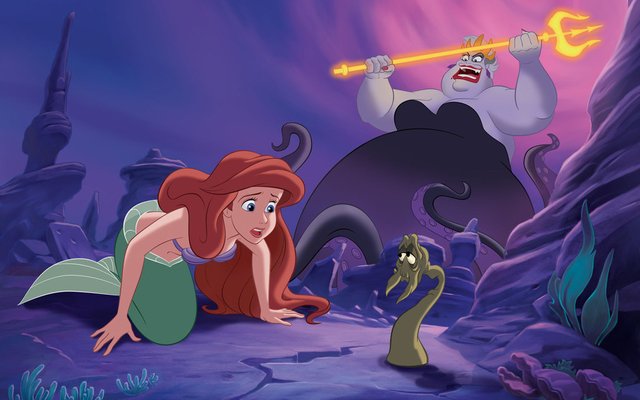Hans Christian Andersen: A Critical Look At The Little Mermaid
Hans Christian Andersen's Little Mermaid was first published in 1837. It is undoubtedly a unique fairy tale, about a mermaid longing for land, rather than wanting to return to the sea. Since its original publication, there have been many adaptations of the tale in various forms of media.
Although Hans Christian Andersen’s fairy-tale is arguably the most widely known mermaid story or tale, mermaid folklore has been around for thousands of years.
Hans Christian Andersen
The first thing to consider when looking at The Little Mermaid is its author Hans Christian Andersen.

He was a Danish novelist, playwright and poet and often regarded as the "father of fairy tales".
According to Maria Nikolajera in The Oxford Companion to Fairy Tales, Andersen is the "son of a cobbler and washer woman, he rose to the position of a national poet and is the most well-known Scandinavian writer of all times… The sources of his stories were mainly Danish folktales."
Based on a True Story..?
Many critics have offered the opinion that Andersen’s fairy tale, The Little Mermaid, reflected his own personal experiences. Anderson was an effeminate and emotional child with a love for folklore and fairytales. Yet he didn’t fit in at school as he was considered to have a strange appearance and different interests from the norm.
While at university Andersen fell in love with a fellow student, Riborg Voigt, who was secretly betrothed to the local chemists son. In his autobiography he speaks of her child-like face vivid brown, intelligent eyes.
Petri Liukkonen states, "a leather pouch containing a letter from Riborg was found round Andersen's neck when he died." It is quite possible that he considered this his forbidden love.
For more information regarding these ideas readers should look to Petri Liukkonen’s website about Andersen.
The Traditional Mermaid
Mermaids haven’t always been seen as gentle creatures. They have been known as an omen of shipwreck that lures sailors to their death, even trapping their souls in cages.
Alison Jones’s A Dictionary of World Folklore describes mermaids as being, "generally portrayed as beautiful women from the waist up, with golden flowing hair, and the lower body of a fish…
They inhabit a splendid undersea world together with their male counterparts, mermen, but will frequently come up to the surface to sit upon a rock and sing while they comb their beautiful hair."
Jones also says that, in reference to mermaid’s roles in folklore, "Some traditions hold that a mermaid cannot survive very long on land; other tales tell of mermaids who came ashore in human shape or who marry human males and live on land for many years.
Common to nearly all these stories however is the mermaid’s great desire to return to the sea, and she often persuades her human lover to join her"
Longing for Land
It is this longing for the land that sets Andersen’s mermaid apart from all the rest. Most mermaids that leave their home return to it or long to, even the ones that fall in love with humans and have families with them. Andersen’s tales is truly unique.
This is the first story of a mermaid who longs to live on land and remain there forever.
Happily Ever After?
In a conference report on Ambiguity in Hans Christian Andersen's "The Little Mermaid" , the two critics Jacob Bøggild & Pernille Heegaard debate over the ending of the fairy tale.
"One of the crucial aspects which any interpretation must confront is the final sequence of the tale, in which the little mermaid, against all odds, is redeemed from immediate damnation and accepted into the spiritual sphere, where the "daughters of the air" reside.
In this, she is apparently promised the "immortal soul", which it has been her main motivation to obtain — along with the prince, of course. This ending has baffled critics because the narrative that precedes it points rather to a tragic conclusion than to a happy one".
The ending does seem to be tagged onto an original tragedy, as if it doesn’t quite fit and was an afterthought. Did Anderson worry that the tale was too sad and thought he would try to make it a end "happily ever after"?
Or did he want to add in some Christian virtues and morals to the tale? It is also like he wants to teach children to be good, similar to Father Christmas, "be good or the daughter's of the air won’t get a soul!"
Disney Renaissance
In The Oxford Companion to Fairy Tales, Naomi J Wood writes that "Disney’s animated adaptation of The Little Mermaid is the only one able to devote as much time to her life under water as to her ordeal on land."
This is an interesting thing to consider since there have been a lot of adaptations of the original tale. Could it be that her journey to land is what most people found intriguing? Another interesting point is that since Sleeping Beauty in 1959, it was the first Disney film to return to fairy tale stories.
Also the sequel to the first Disney film, The Little Mermaid 2: return to the sea, reflects ancient folklore of mermaids longing for the sea. This reversal of desires from one film to the next is very interesting, especially when one considers the original desire of the mermaids of legend.
